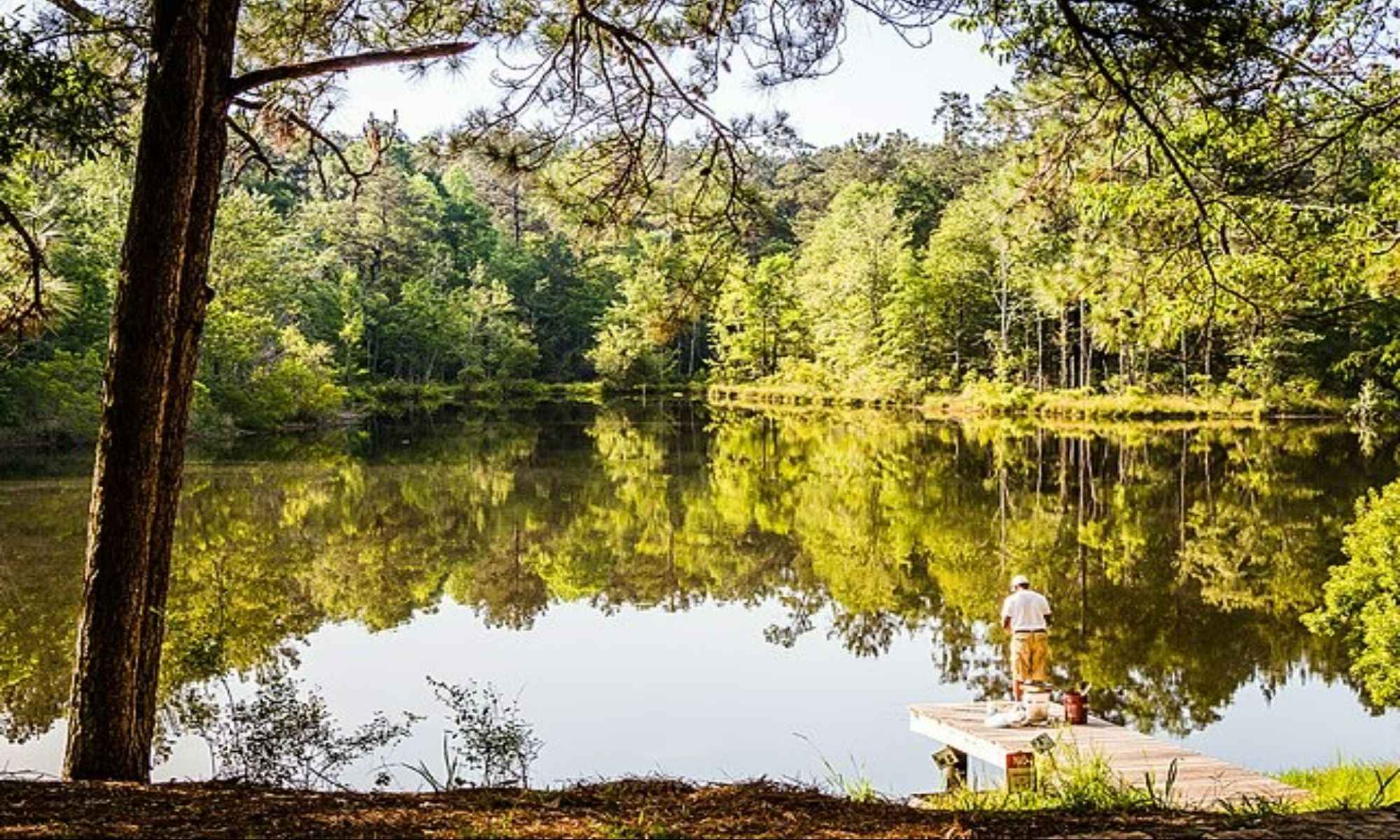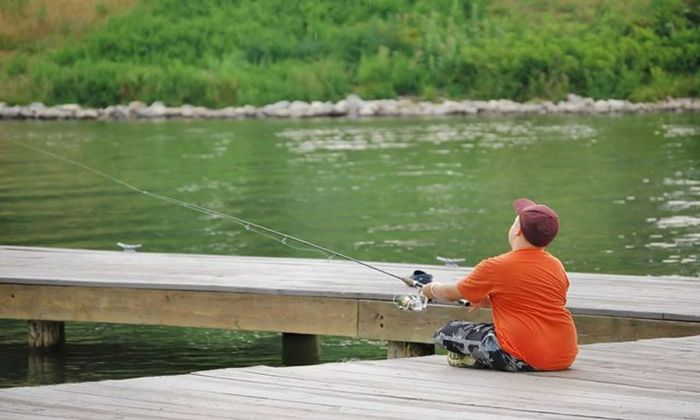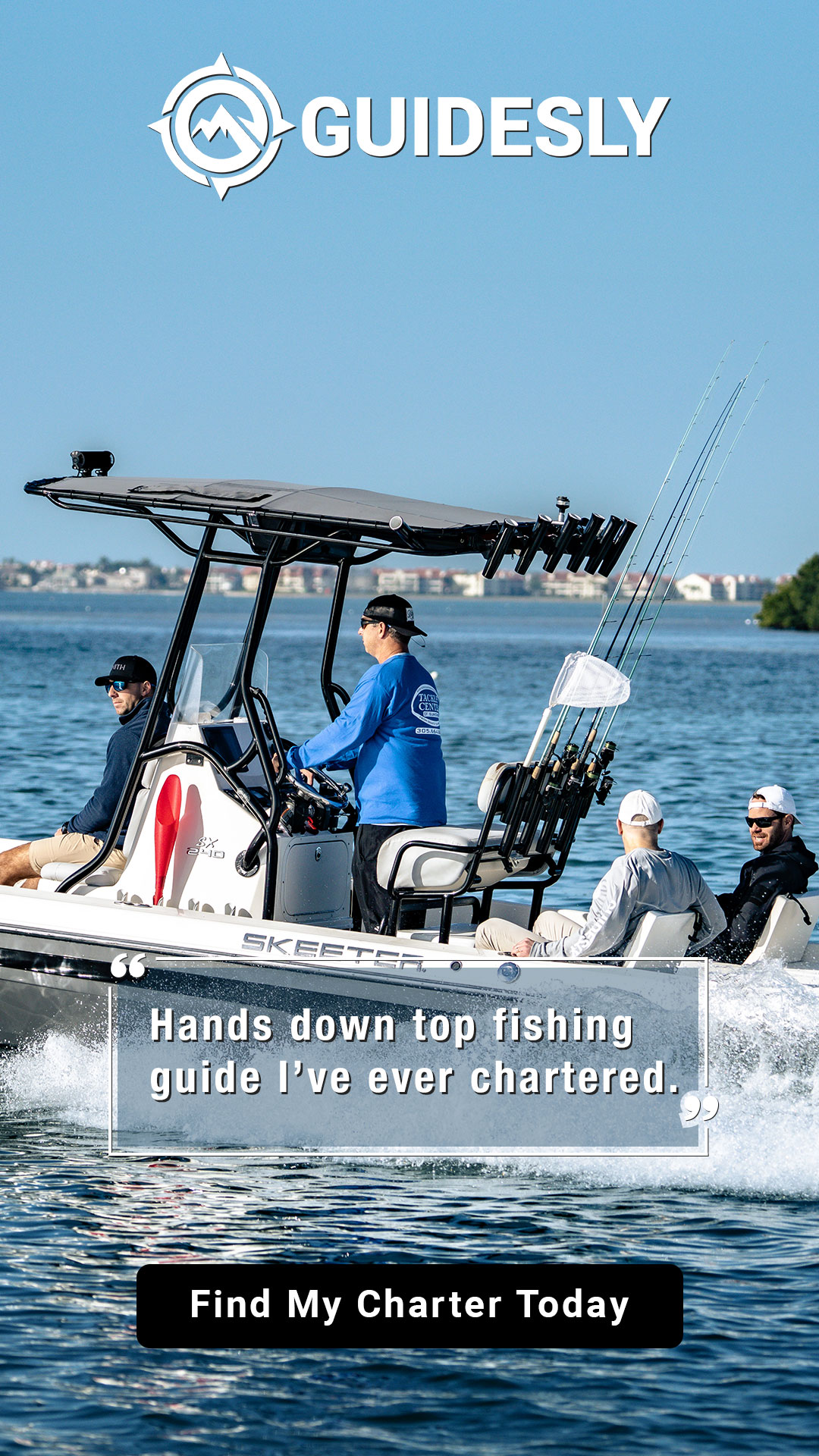Where do Fish Go in the Summertime?
Where do fish go in the summertime? Read here to find out so you can effectively catch a fish during this hot season!

There's no best season to go fishing. Every season has opportunities and challenges. In summer, there are fish species that become aggressive feeders, so you may be able to catch them in trophy sizes.

While some move to deeper waters, you may have difficulty finding them.
Regardless of the season, the key to successful fishing is understanding how fish species' behavior changes. For example, how do their eating habits change, and where do they usually stay as the water temperature rises?

This article will focus on summer fishing and where fish go during this time of year.
1. Offshore Humps
Humps are a great place to fish in the summer because they have a variety of grass and rock. These structures attract schools of fish, which is where you want to be fishing as well. Fishing humps are found on banks and can be shallow or deep, depending on the body of water.
Choose humps with a steeper slope on either side to find the best humps in a lake or river. Whether or not the hump has grass, casting your line down would be easier if the slope was steeper. Humps serve as a fish-holding area, so choose the best location to maximize your catch.
Humps, like other flat structures near lakes or rivers, will not be teeming with fish all day. Fish only use humps as a resting area to swim toward deeper waters throughout the day. Humps can be compared to a bridge in a river that fish use to cross between different water columns.
2. Grass Beds
The grass that grows beneath lakes and rivers is something they all have in common. Grass protects fish and is beneficial to fish when spawning eggs in the summer. Patches of grass also assist anglers in maximizing their bait and increasing their chances of catching a fish.
Finding the right patch of grass where most fish congregate can be difficult because grass's natural color acts as camouflage underwater. Because some patches of grass are thicker than others and will serve as a hiding place for various types of fish, you must adjust your fishing technique and bait. Instead of thin seaweeds, bass prefers thick patches of grass similar to leafy cabbages.

Fish use grass as a source of oxygen and remind themselves that the water temperature nearby is cold.
3. Deep Undercut Banks
During the summer, bottom feeders like bass, crappie, and shad swim faster towards deep banks that stretch to the shore. You can also find a good fishing spot in undercut banks with mangroves during this season. Boat docks are also deep undercut banks that make it easier to catch fish.
If you want to catch better fish near these deep undercut banks, the full moon draws the fish closer to the banks as they swim with the tide. Deeper running waters and colder temperatures make deep undercut banks a good place for fish to hide.
4. Flats
Unlike humps, flats serve as feeding grounds for fish during the summer. In search of food, fish frequently move from one flat to another. You must have good timing to maximize the flats in lakes or rivers. Before paddling your boat towards the flats and casting your fishing line, determine what time of day the fish come to the flats.
Because fish frequently swim towards deeper water to find food and move into oxygen-rich water to avoid predators, the best flats are usually in deeper water or on the edges. You can attract fish by casting your bait in flats from deep waters. Fish are attracted to food more quickly in the summer because they expend more energy swimming farther to find colder water temperatures.
5. Isolated Structure
Lastly, isolated structures such as a big rock, tree stump, or grouped up branches and twigs are good fishing areas during summer. These structures give shelter against the sun's heat and from predators who are constantly stalking up to shallow waters.
Many anglers succeed in these isolated structures, whether in deep or shallow water. Keep your distance when fishing in these structures if there isn't another angler casting their line nearby. Too many anglers fishing in the same area reduces the number of fish that each can catch and scares the fish away from the fishing spot faster.
Using a map to mark isolated structures and drawing waypoints around them will help you find where the fish are hiding faster during the summer. Be cautious not to scare the fish away by announcing your presence too soon. Instead of chasing the fish around the current with your boat, you should cast your fishing line with bait first and let the fish come to you.
Summertime fishing may be challenging because fish tend to go to different structures to find cooler and more oxygenated water. Knowing where they go during these hot months will make your search easier. So, remember that you may find them on offshore humps, under grass beds, undercut banks, flats, and isolated structures.



